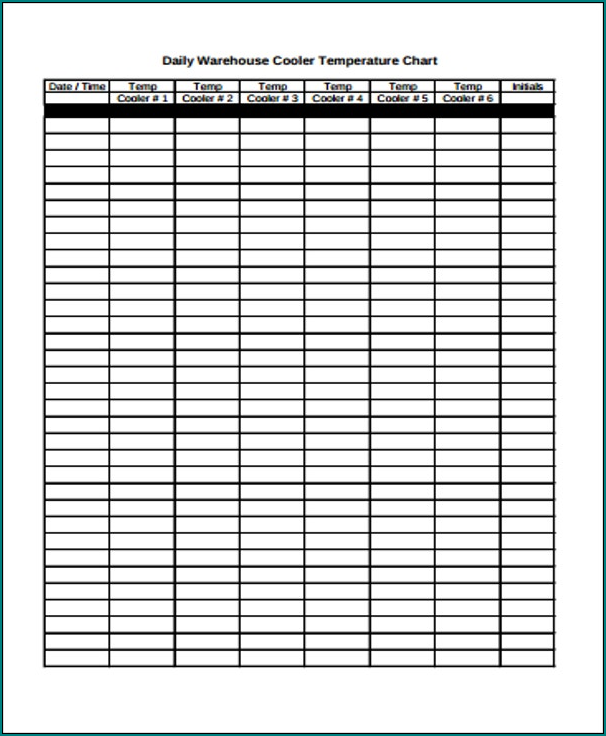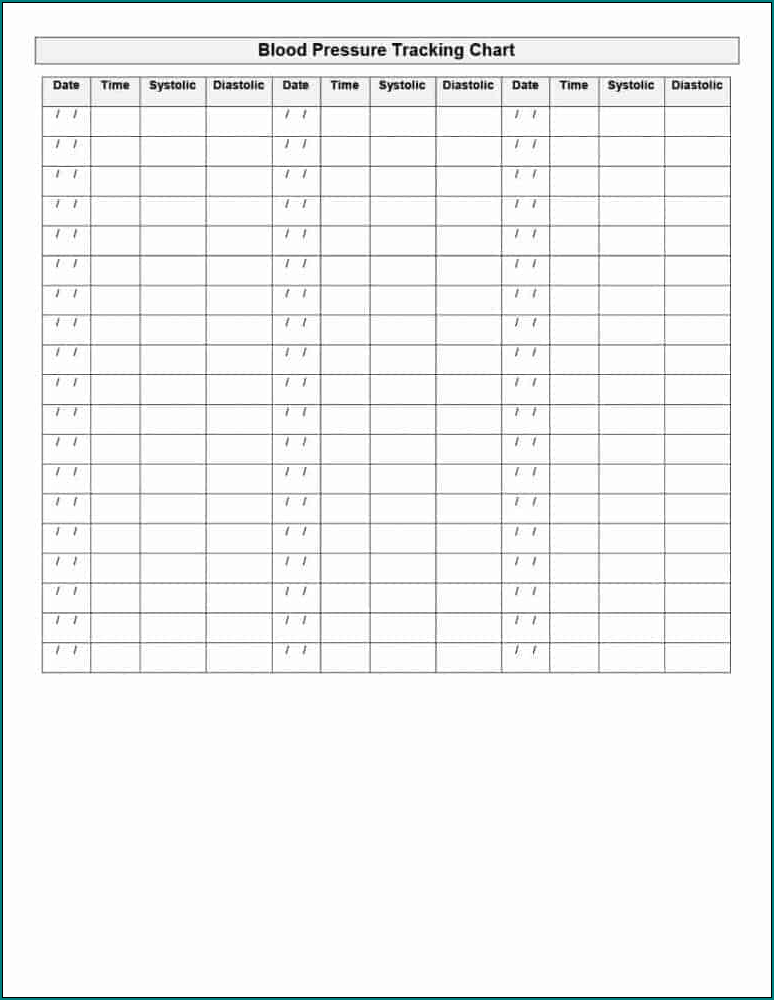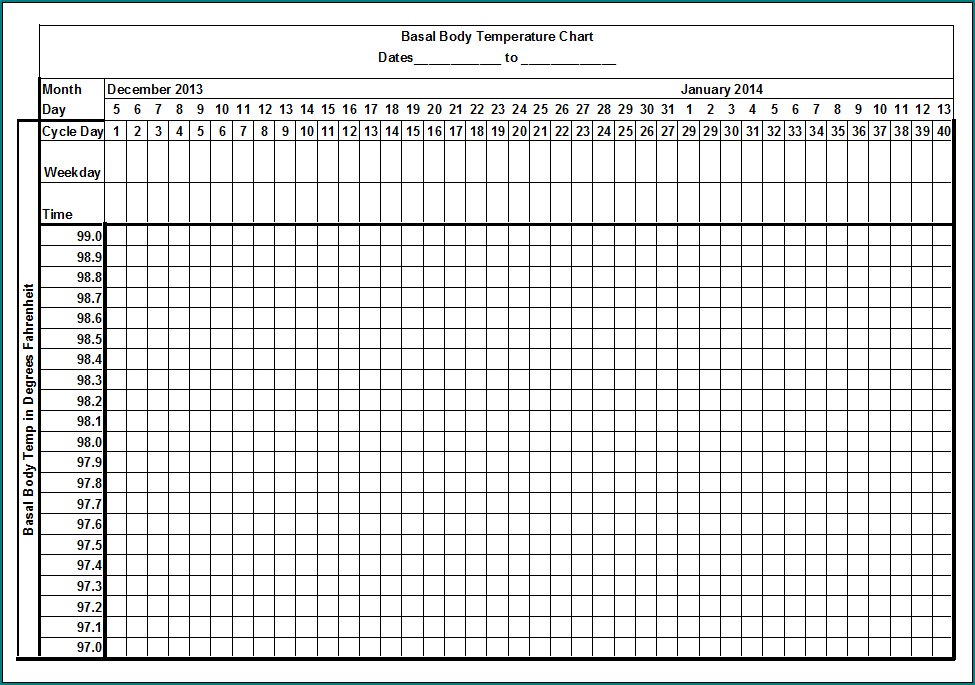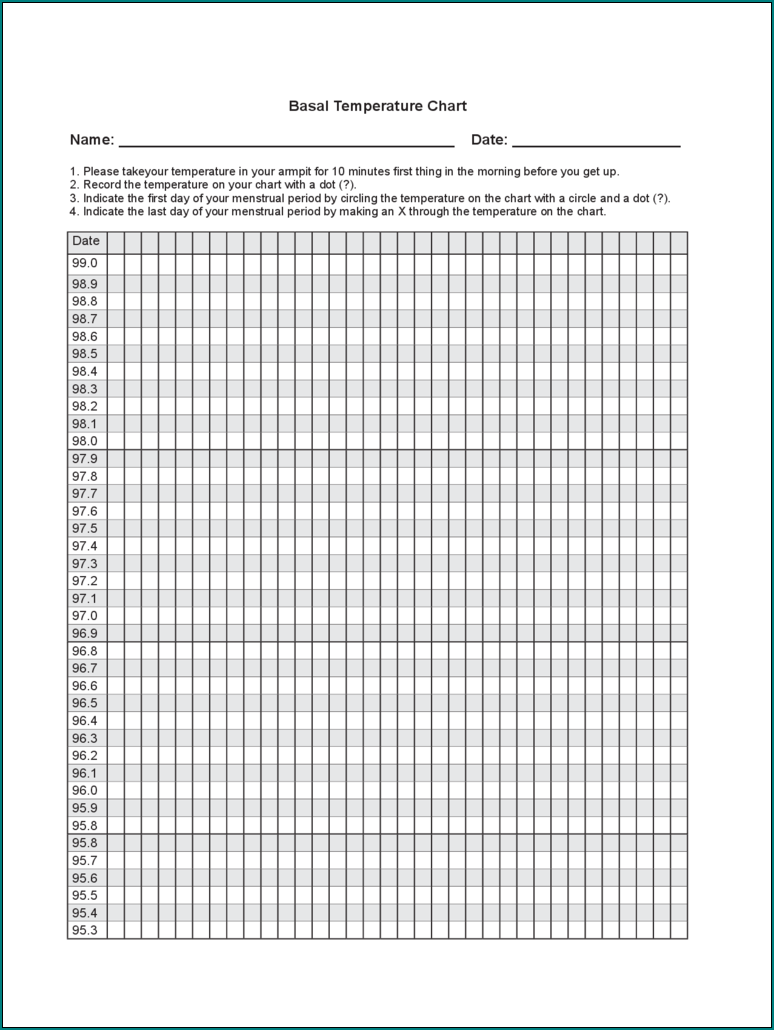![]()
In today’s fast-paced world, keeping track of our health is more important than ever. With the rise of technology, many tools are now available to help individuals manage their health, understand how their body responds to exercise or environmental changes, and potentially aid in fertility tracking. One such tool that has gained popularity is the body temperature tracker.
This simple yet effective tool allows individuals to monitor their body temperature over time, providing valuable insights into their overall health and well-being.
What is a Body Temperature Tracker?
A body temperature tracker is a simple chart or graph that allows individuals to record their body temperature at specific times throughout the day. By tracking changes in body temperature over time, individuals can better understand how their body responds to different factors such as exercise, stress, illness, or environmental changes.
This information can be valuable for identifying patterns, detecting potential health issues, and making informed decisions about their overall well-being.
Why Use a Body Temperature Tracker?
There are many benefits to using a body temperature tracker. Some of the key reasons why individuals may choose to use this tool include:
- Health Management: Tracking body temperature can help individuals better manage their health and monitor any changes over time.
- Understanding Body Response: By tracking temperature fluctuations, individuals can gain insights into how their body responds to different stimuli such as exercise, stress, or illness.
- Fertility Tracking: For individuals trying to conceive, tracking body temperature can help identify ovulation patterns and increase the chances of successful conception.
How to Use a Body Temperature Tracker
Using a body temperature tracker is simple. Here are some tips for successful tracking:
1. Download or print a body temperature tracker template.
2. Record your body temperature at specific times each day, such as upon waking or before bedtime.
3. Note any factors that may influence your body temperature, such as exercise, illness, or stress.
4. Keep track of your temperature over time to identify any patterns or changes.
5. Consult with a healthcare provider if you notice any significant or persistent changes in your body temperature.
Examples of Body Temperature Trackers




Tips for Successful Tracking
To make the most of your body temperature tracker, consider the following tips:
1. Be consistent with recording your temperature at the same time each day.
2. Use a reliable thermometer for accurate readings.
3. Note any external factors that may influence your body temperature.
4. Keep your tracker in a safe and easily accessible place for regular updates.
5. Review your tracker periodically to identify any trends or changes in your body temperature.
In conclusion, using a body temperature tracker can be a valuable tool for individuals looking to take control of their health, understand their body’s responses, and potentially aid in fertility tracking.
By tracking changes in body temperature over time, individuals can gain valuable insights into their overall well-being and make informed decisions about their health. Consider using a body temperature tracker as part of your health management routine for a more proactive approach to your well-being.
Body Temperature Tracker Template | Excel download